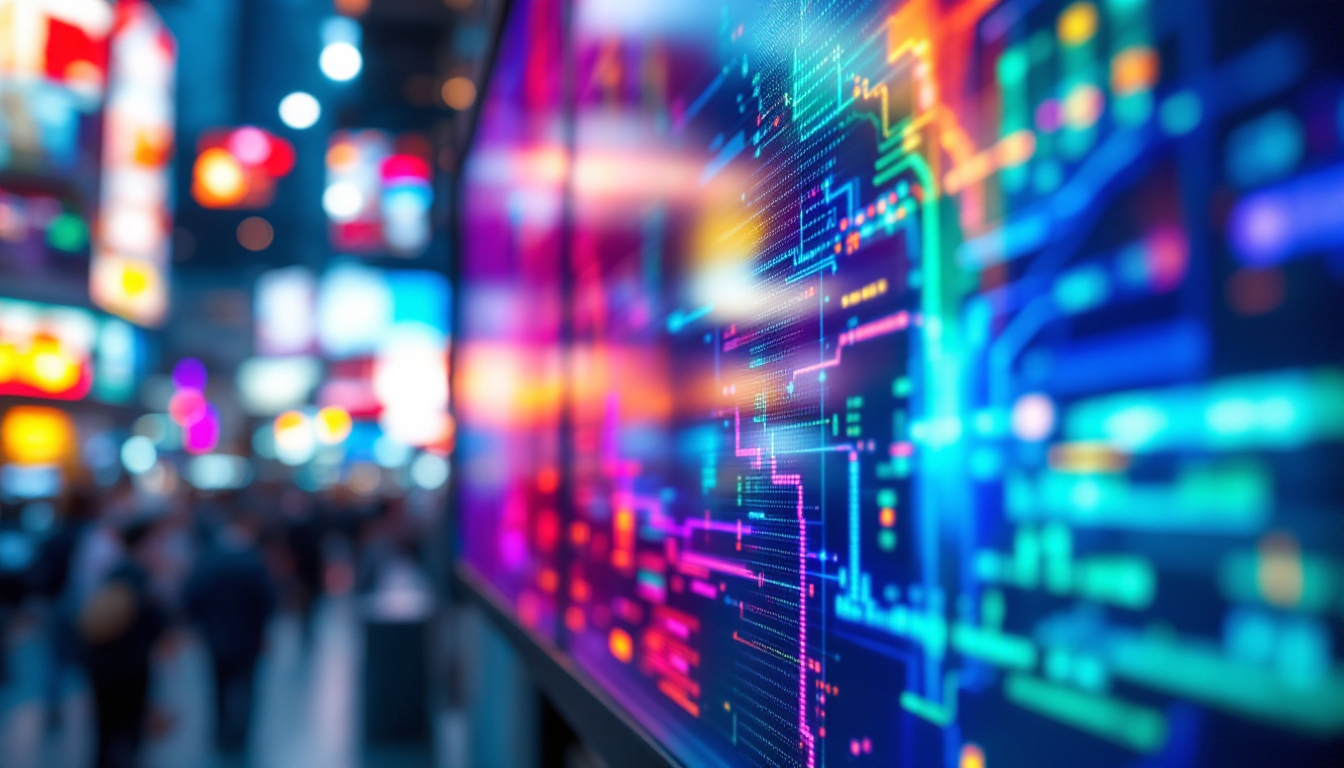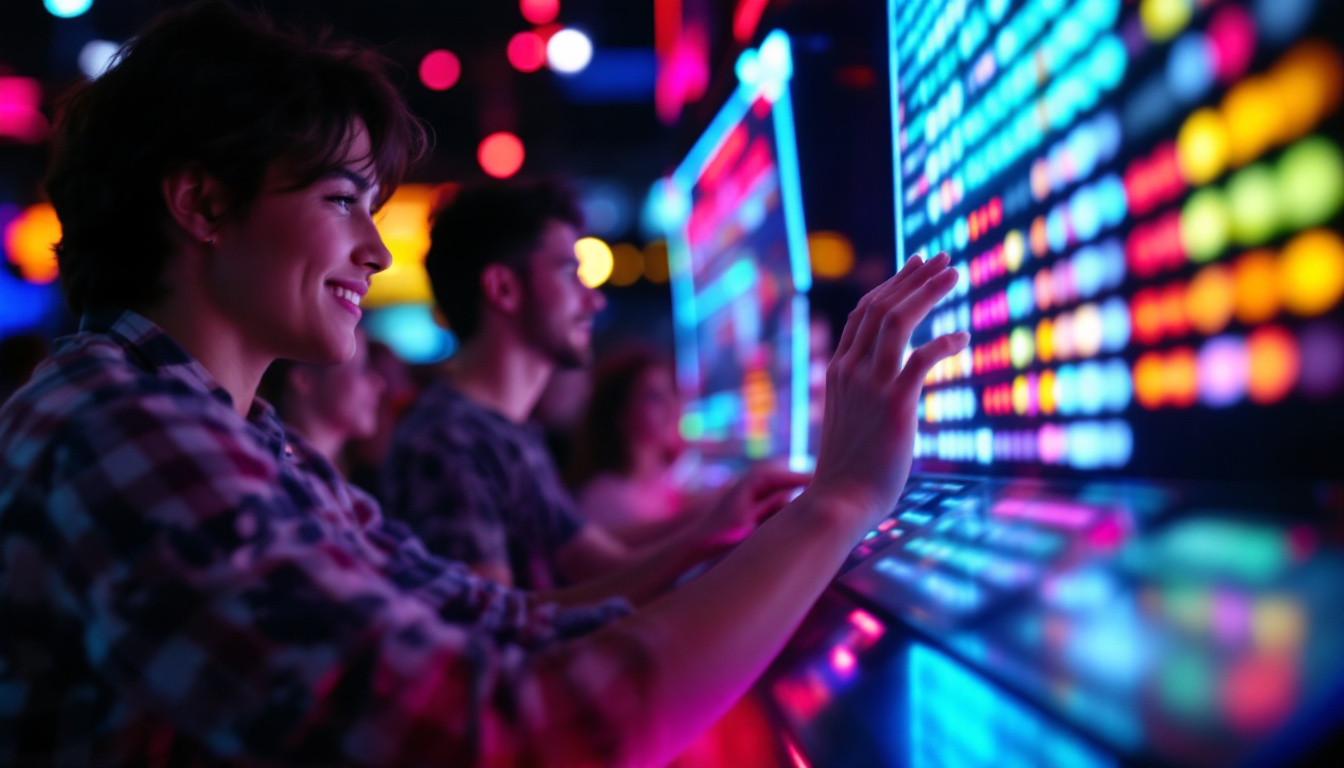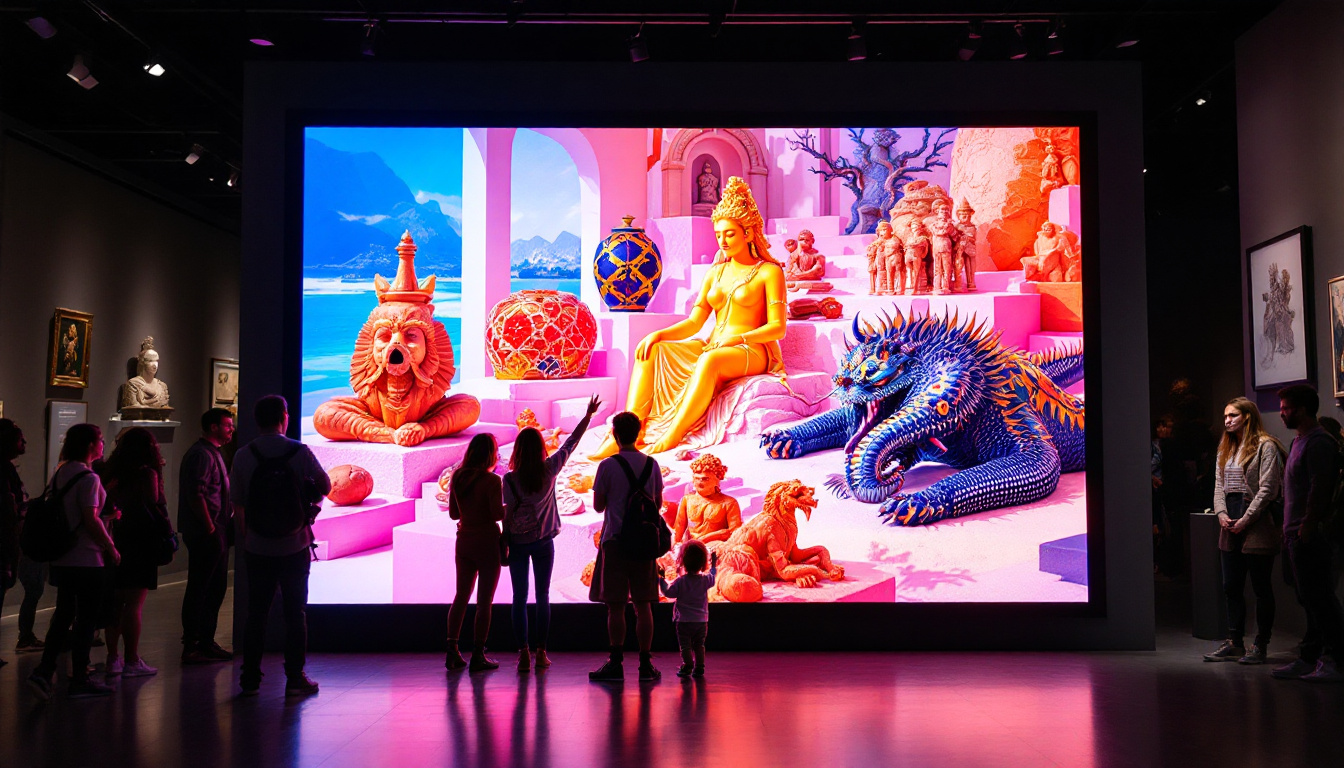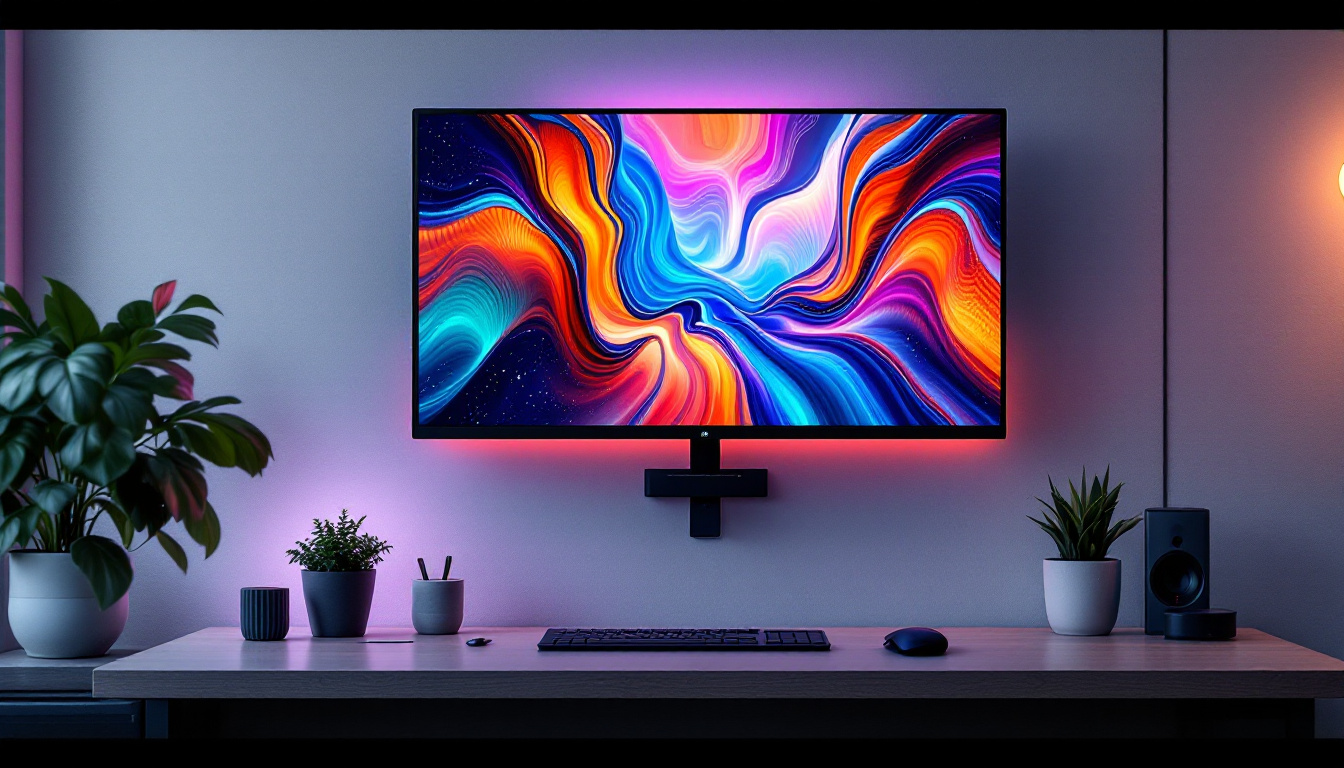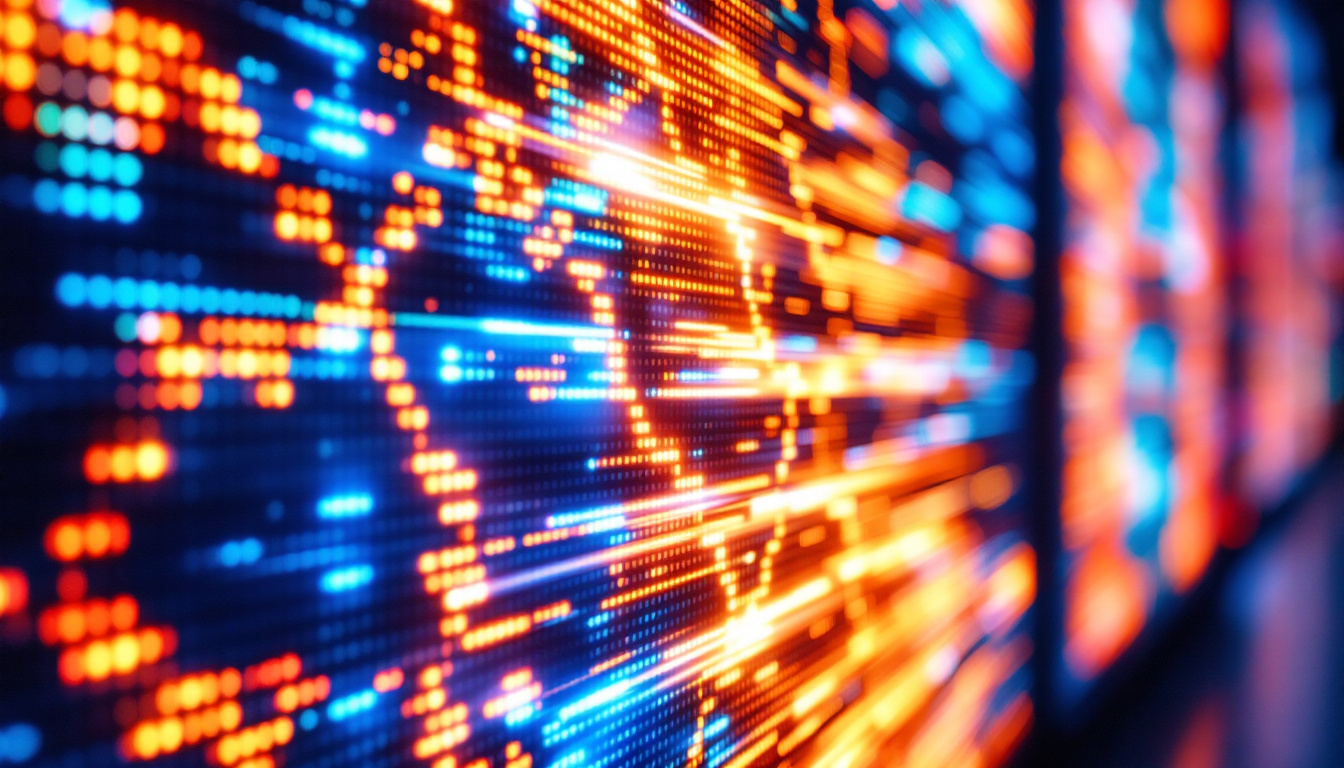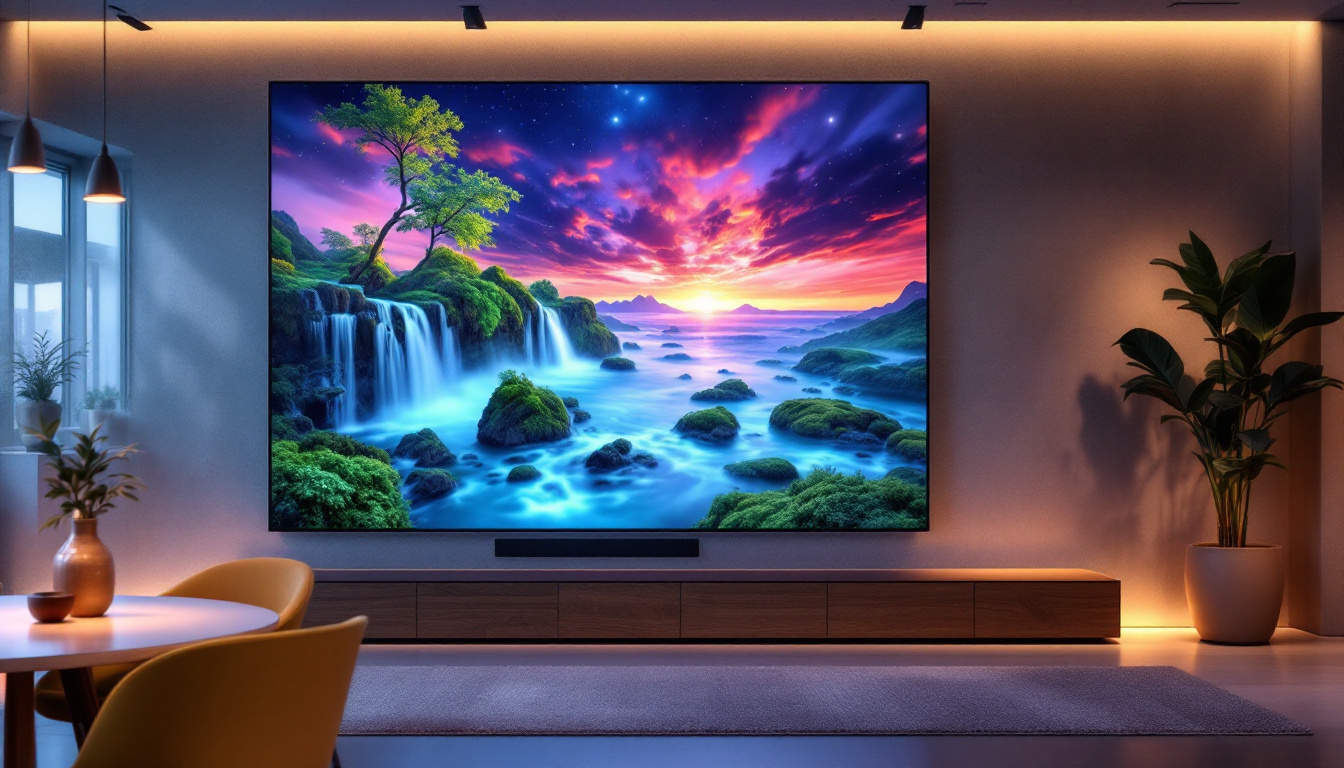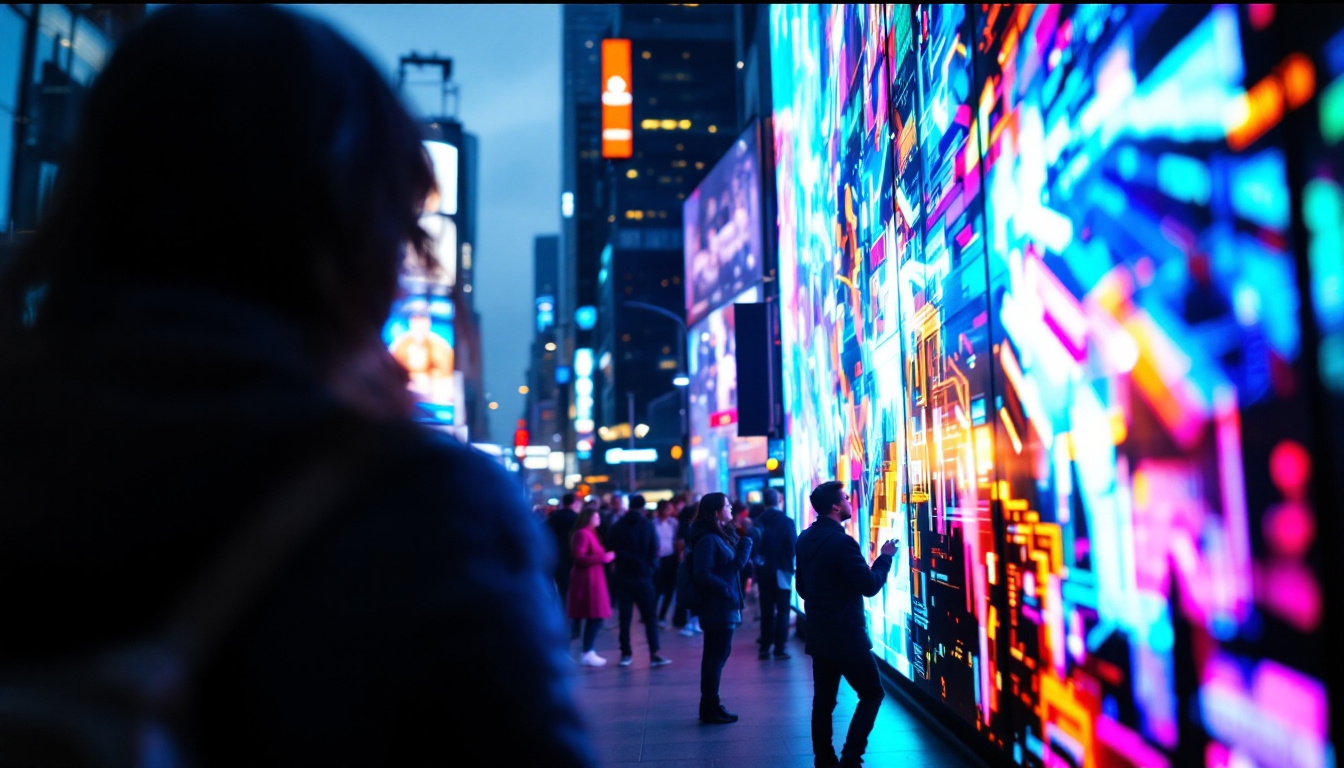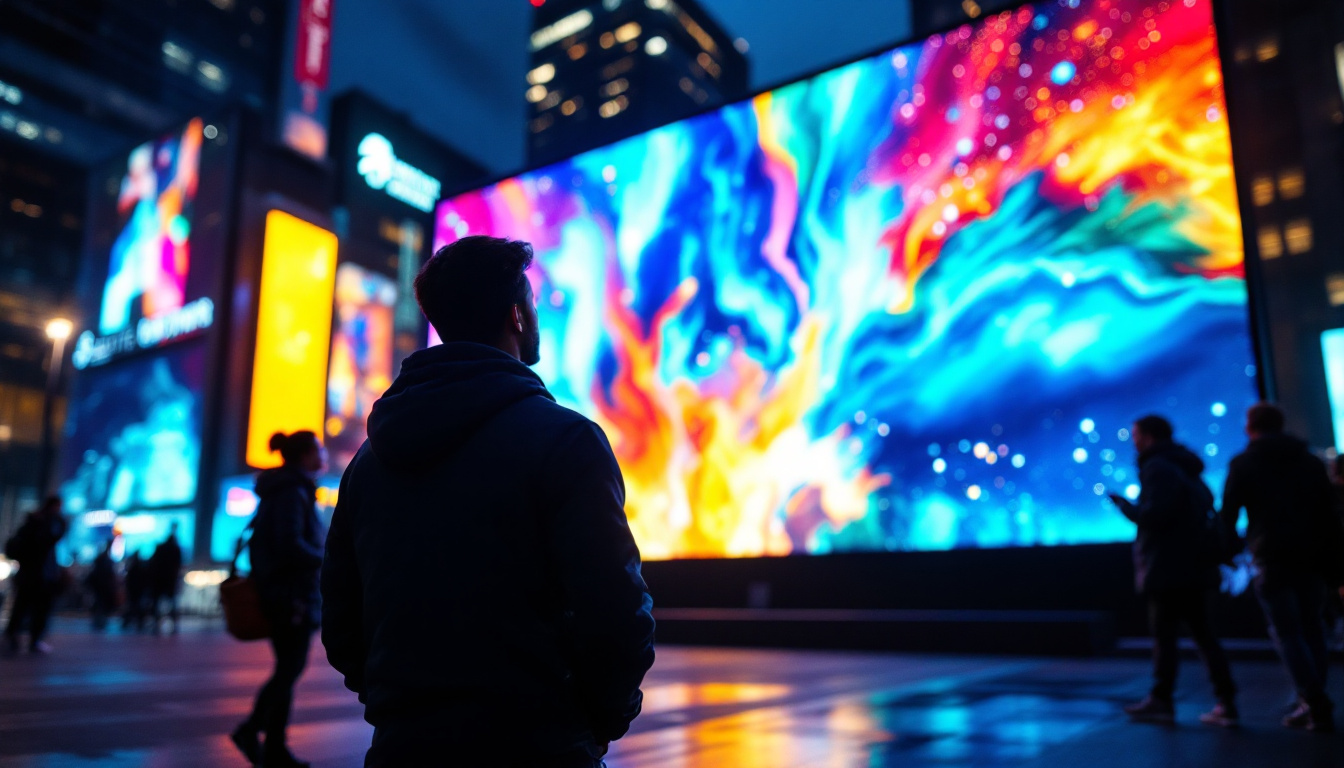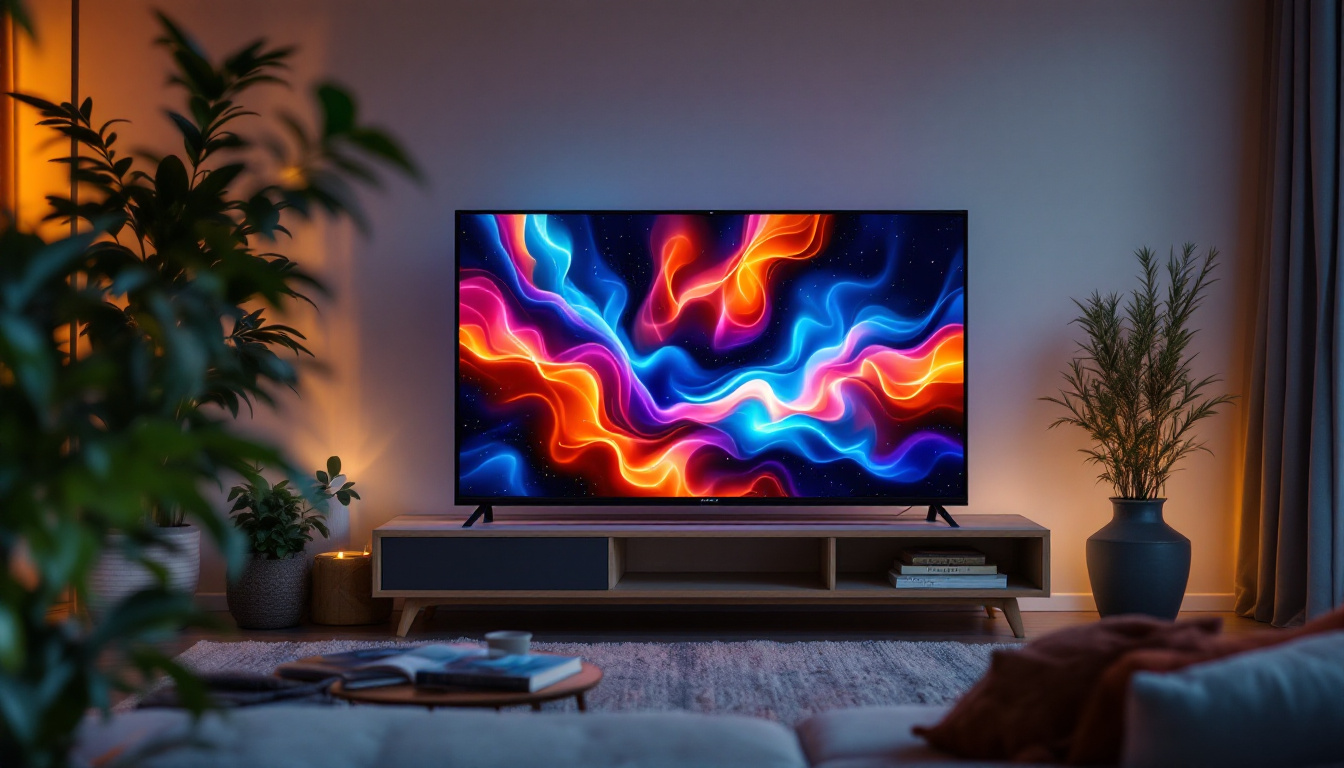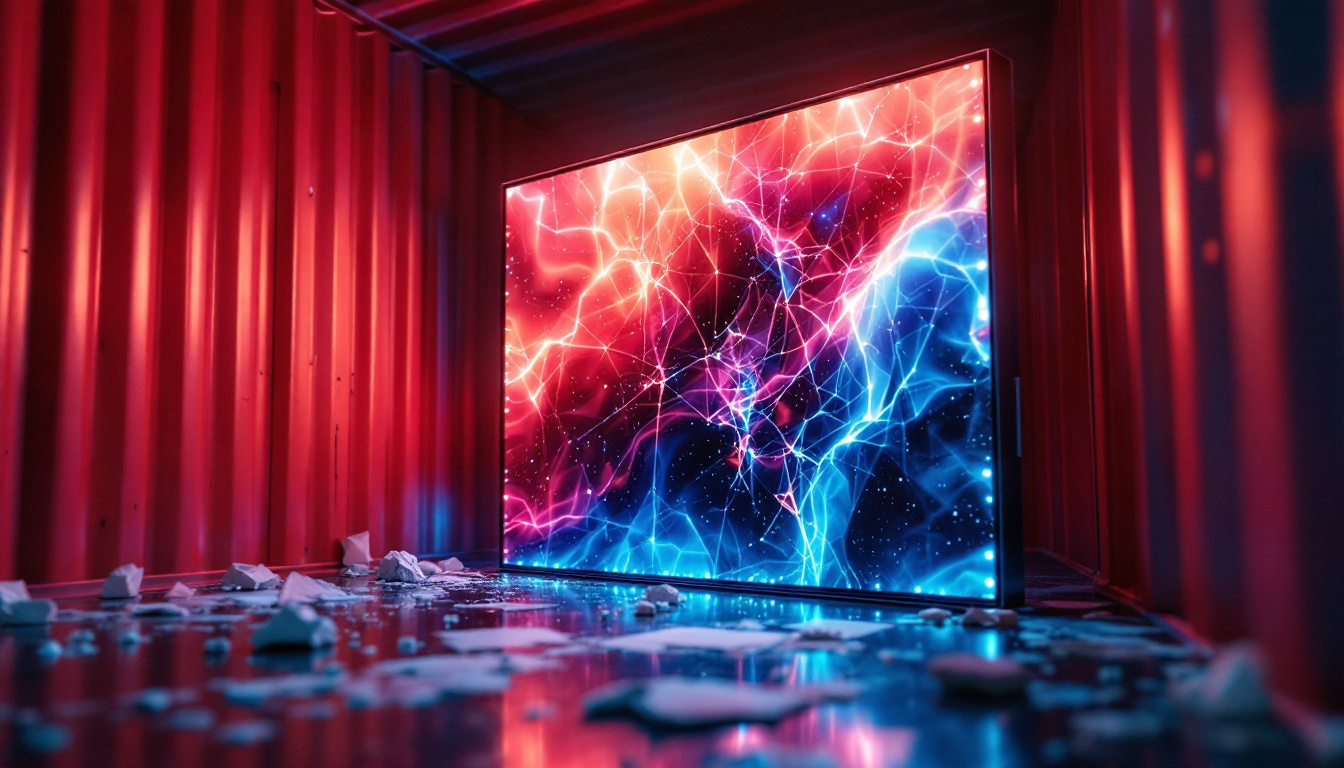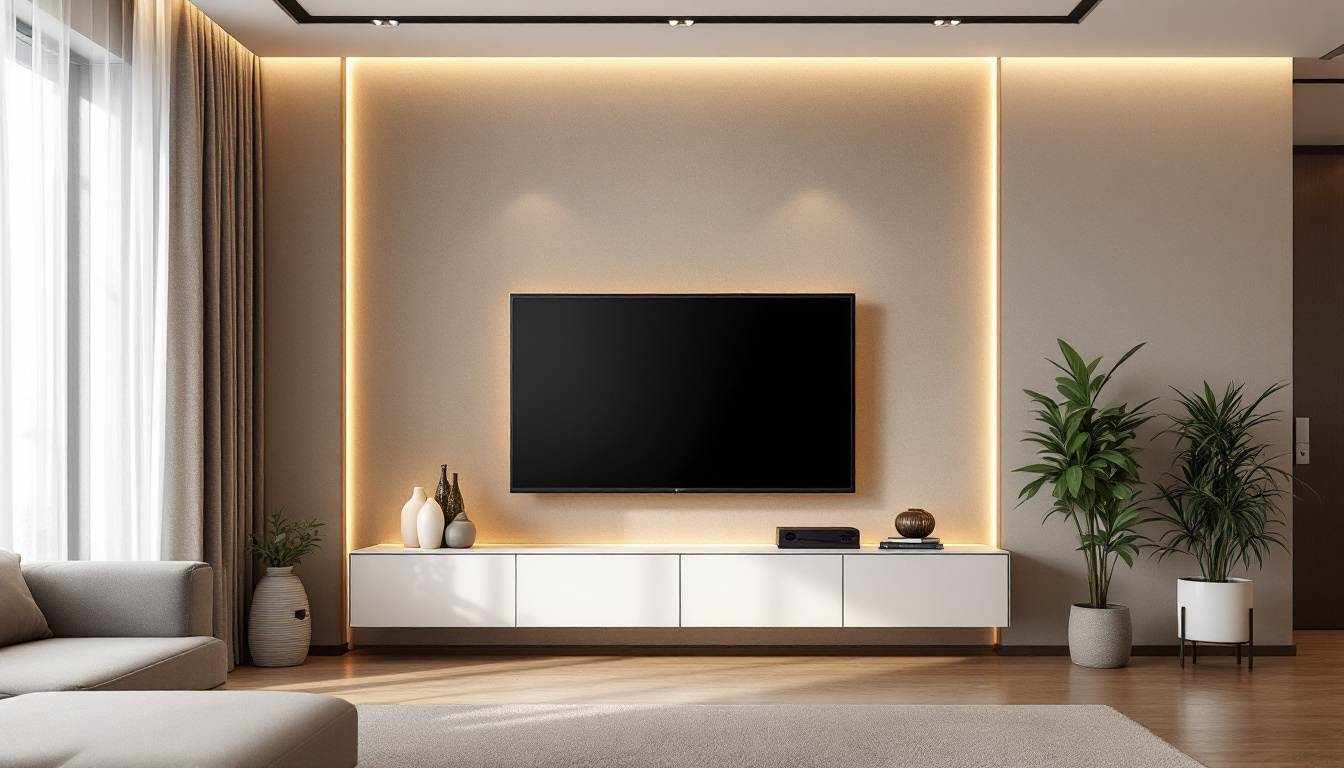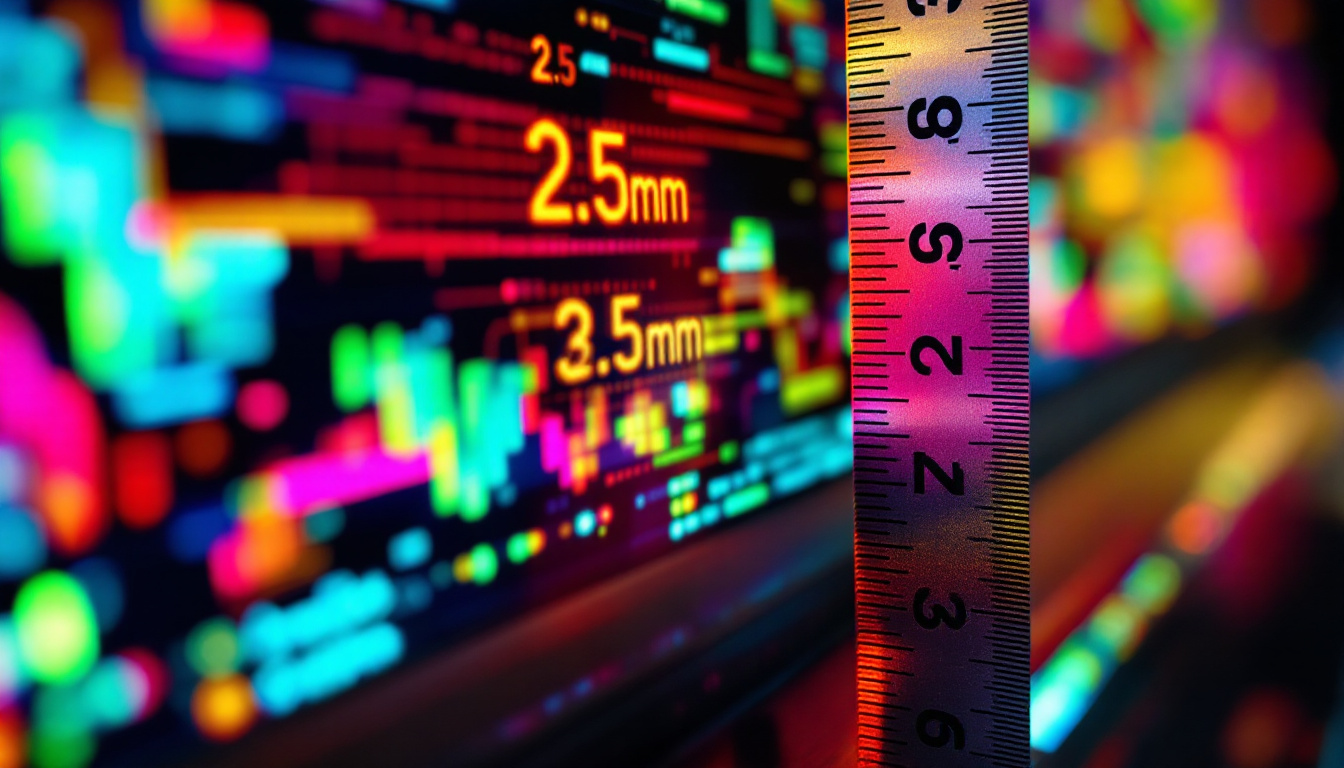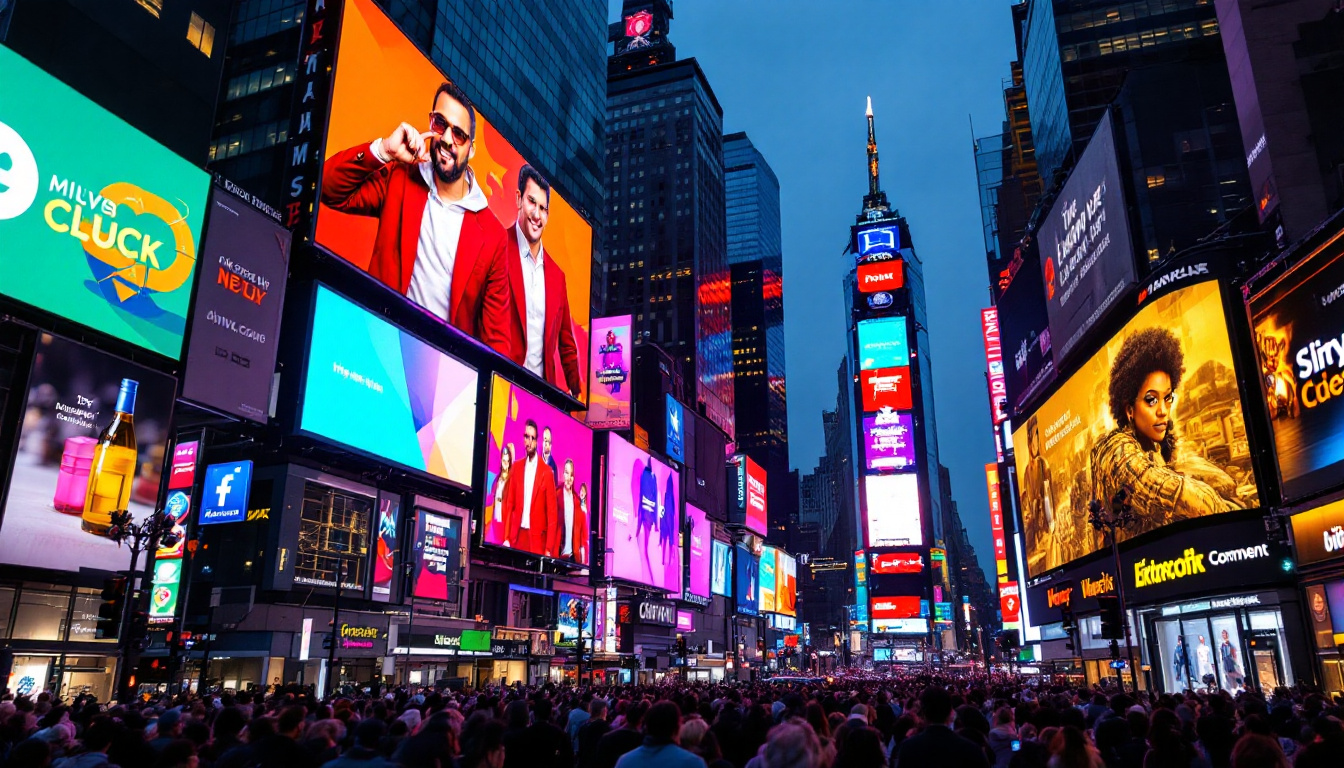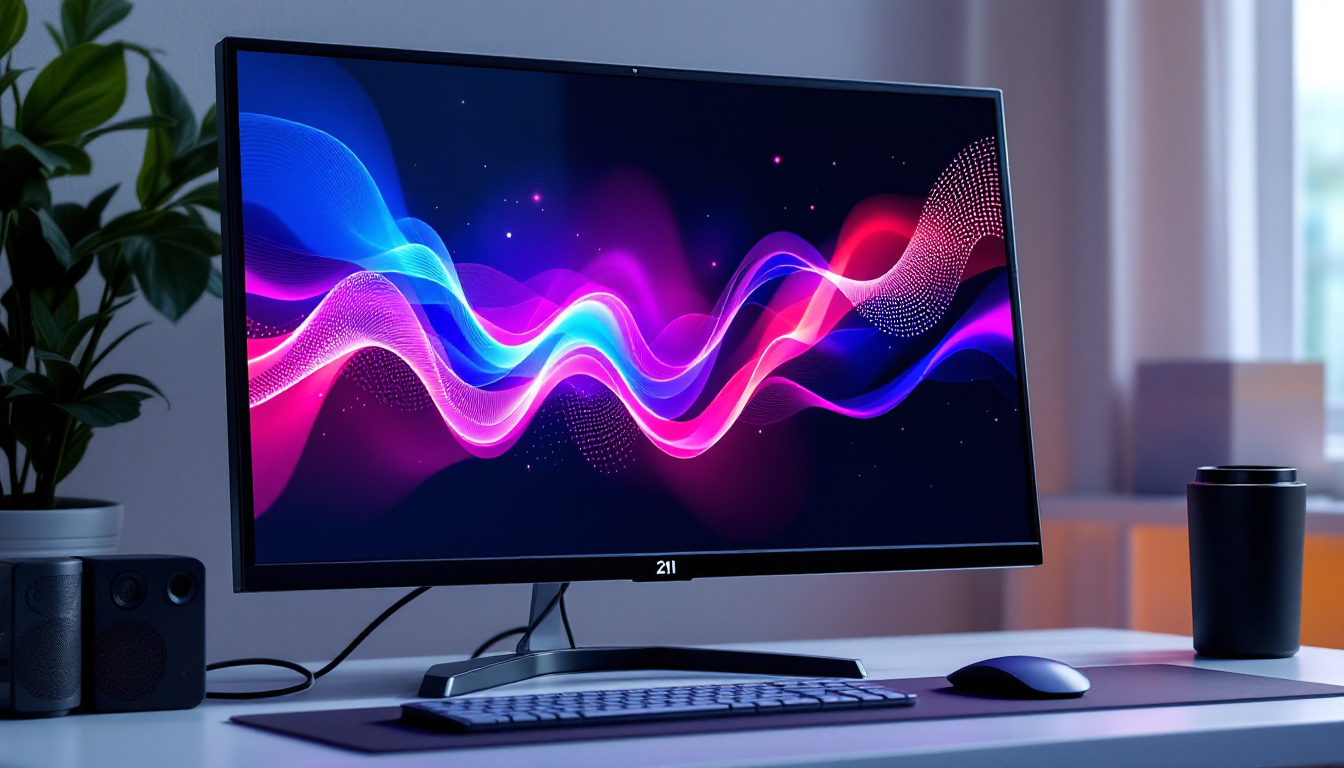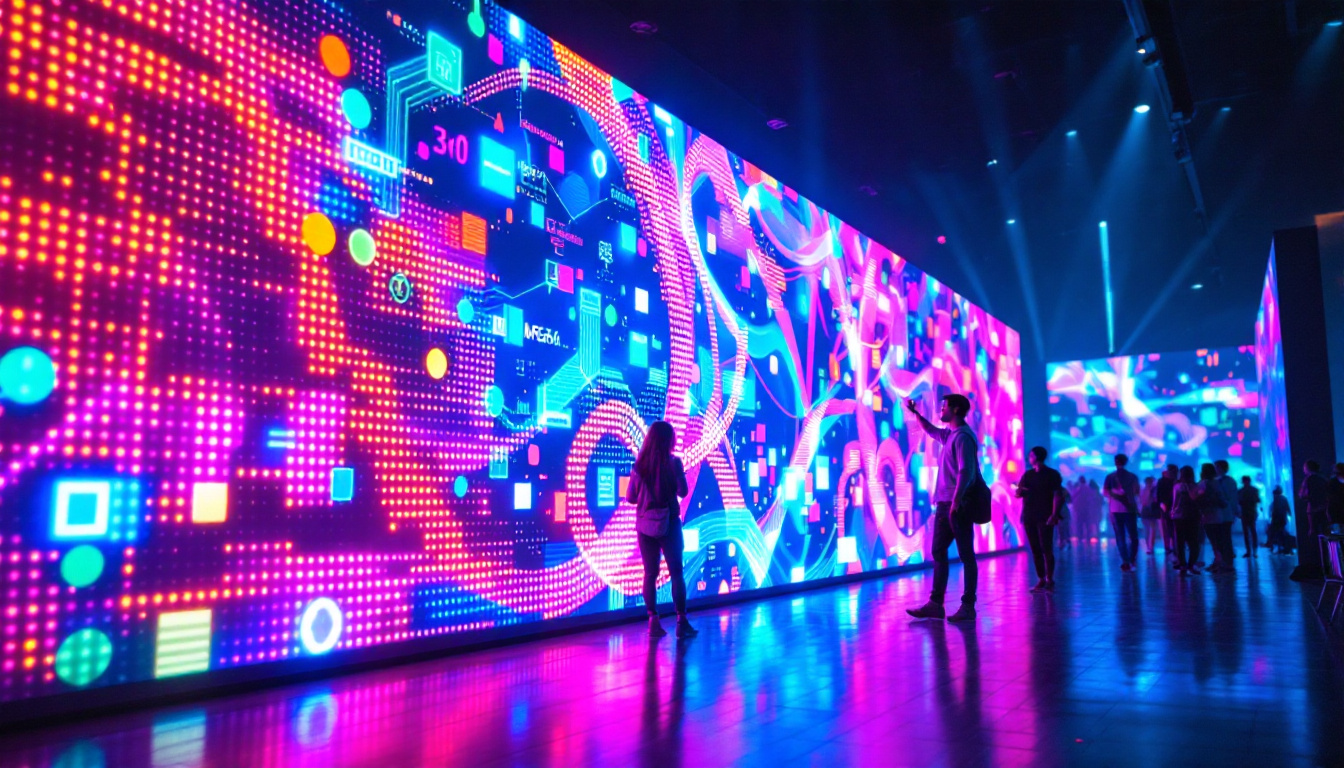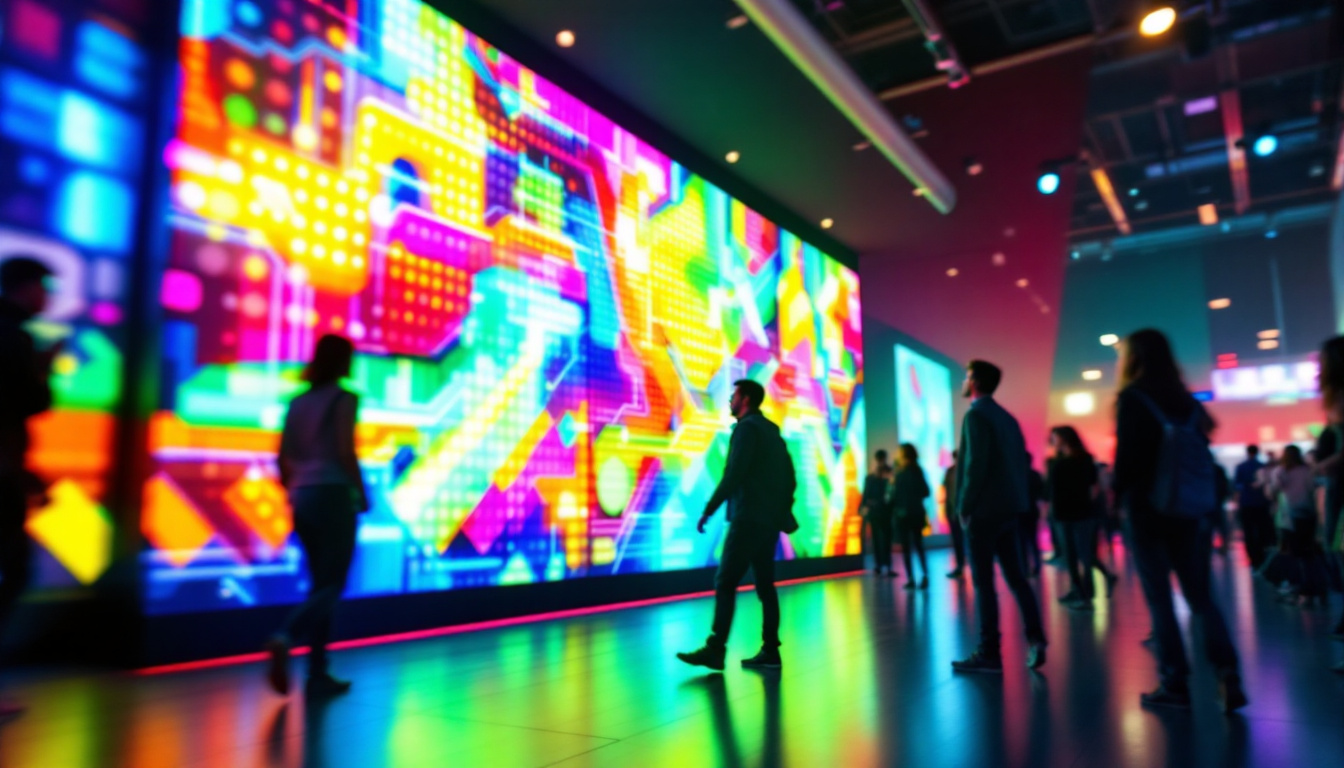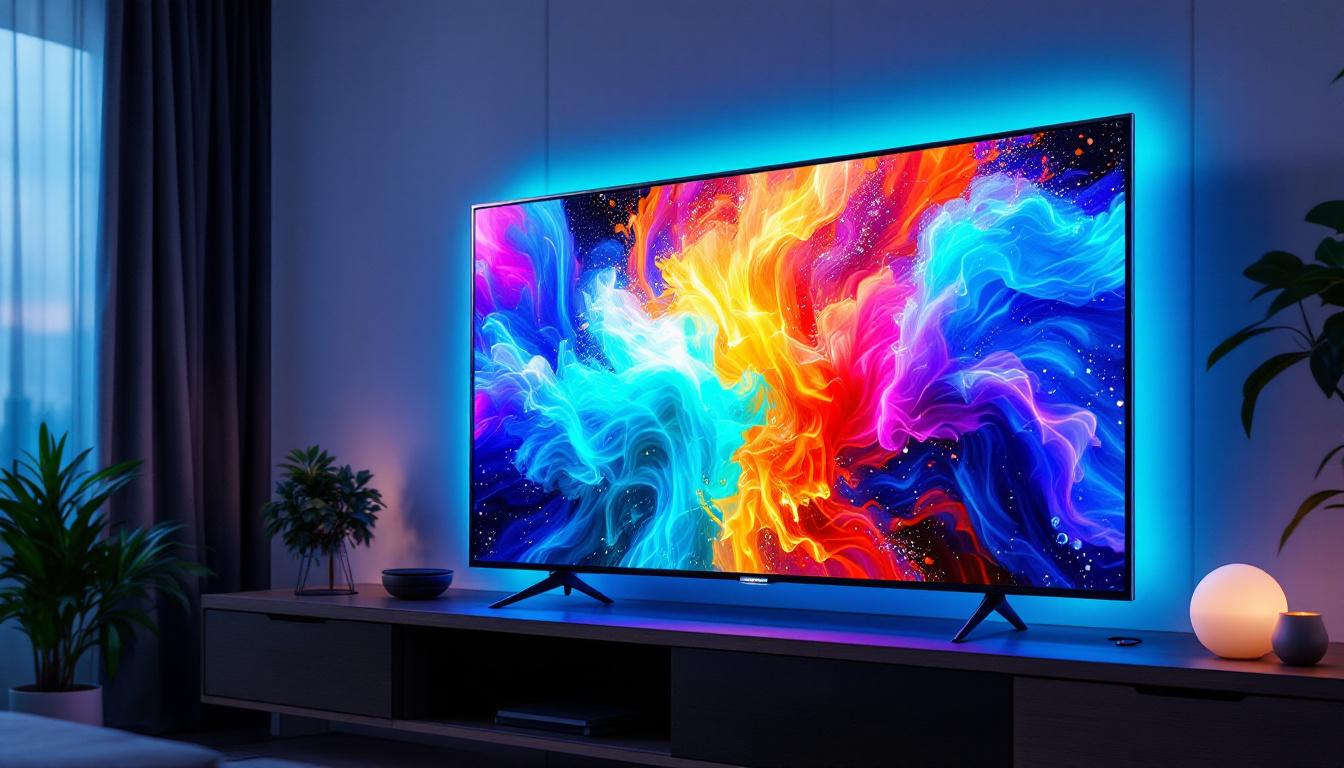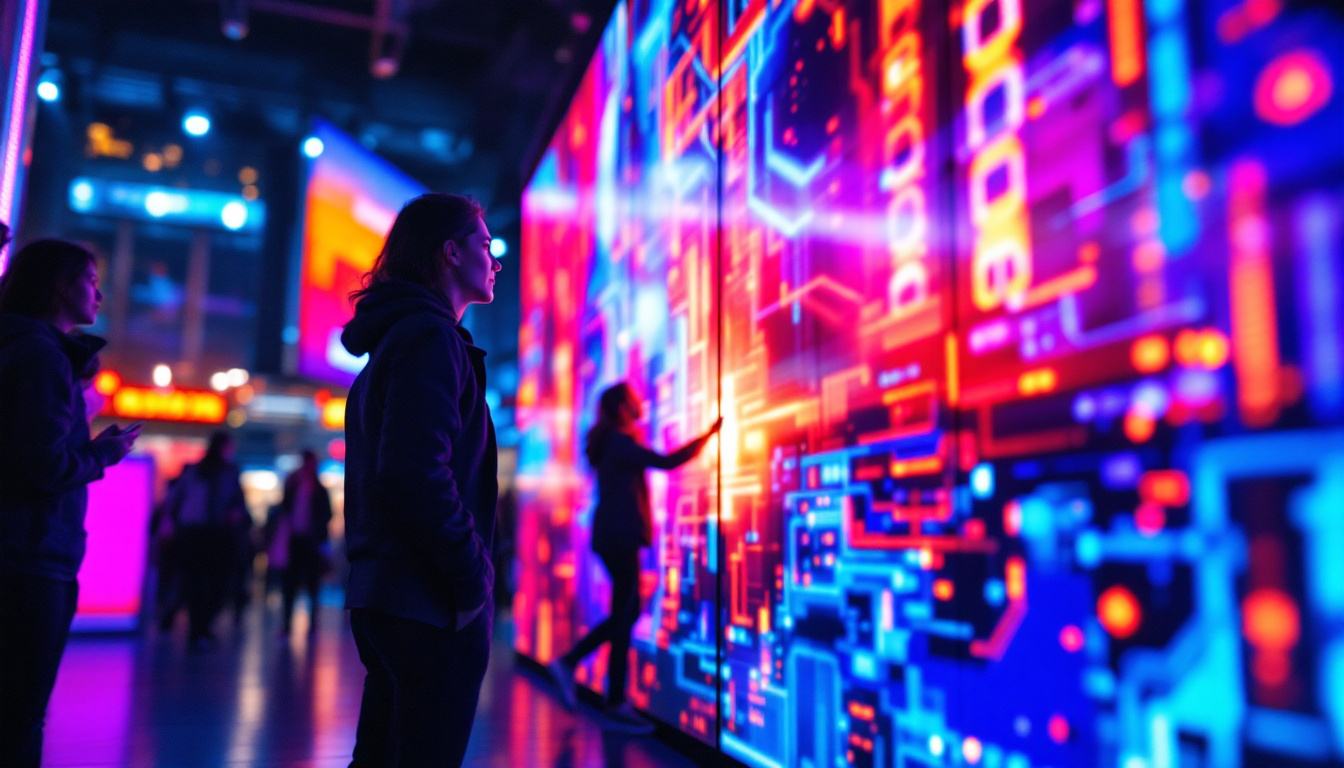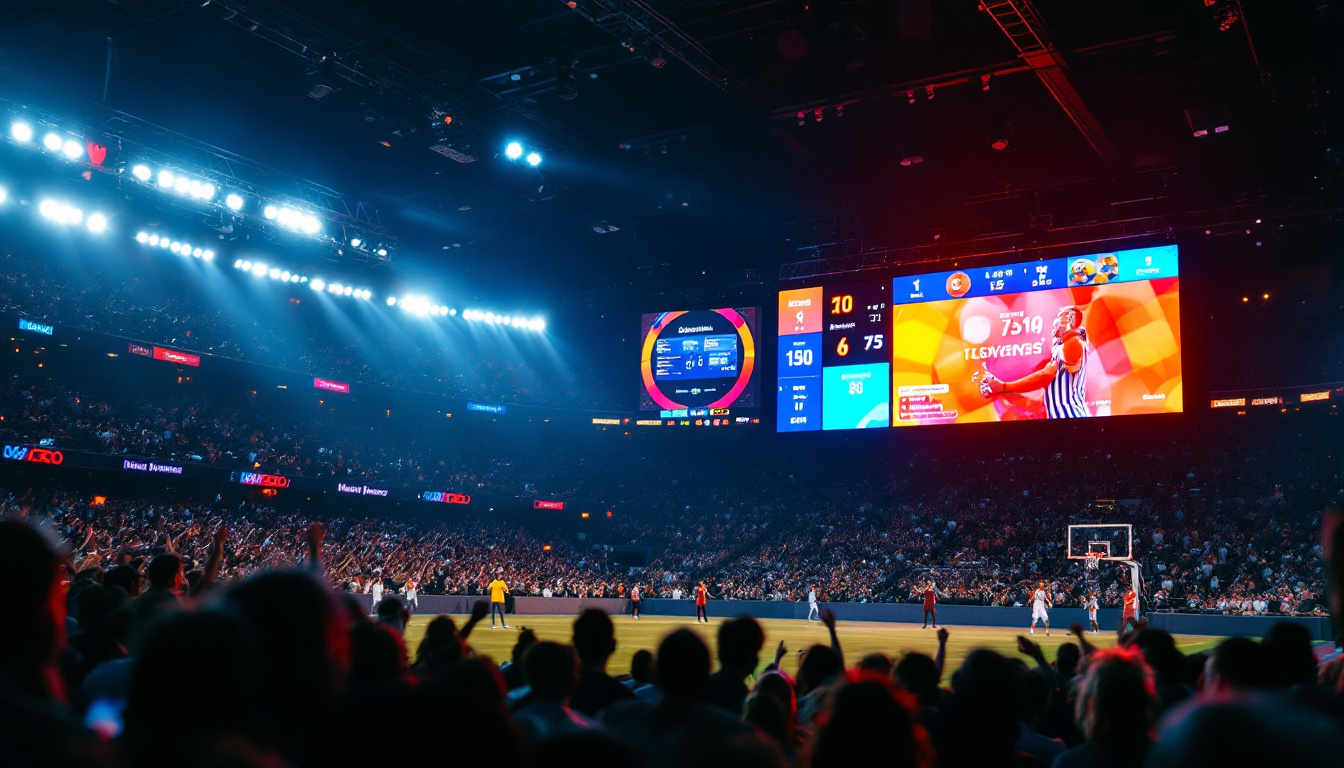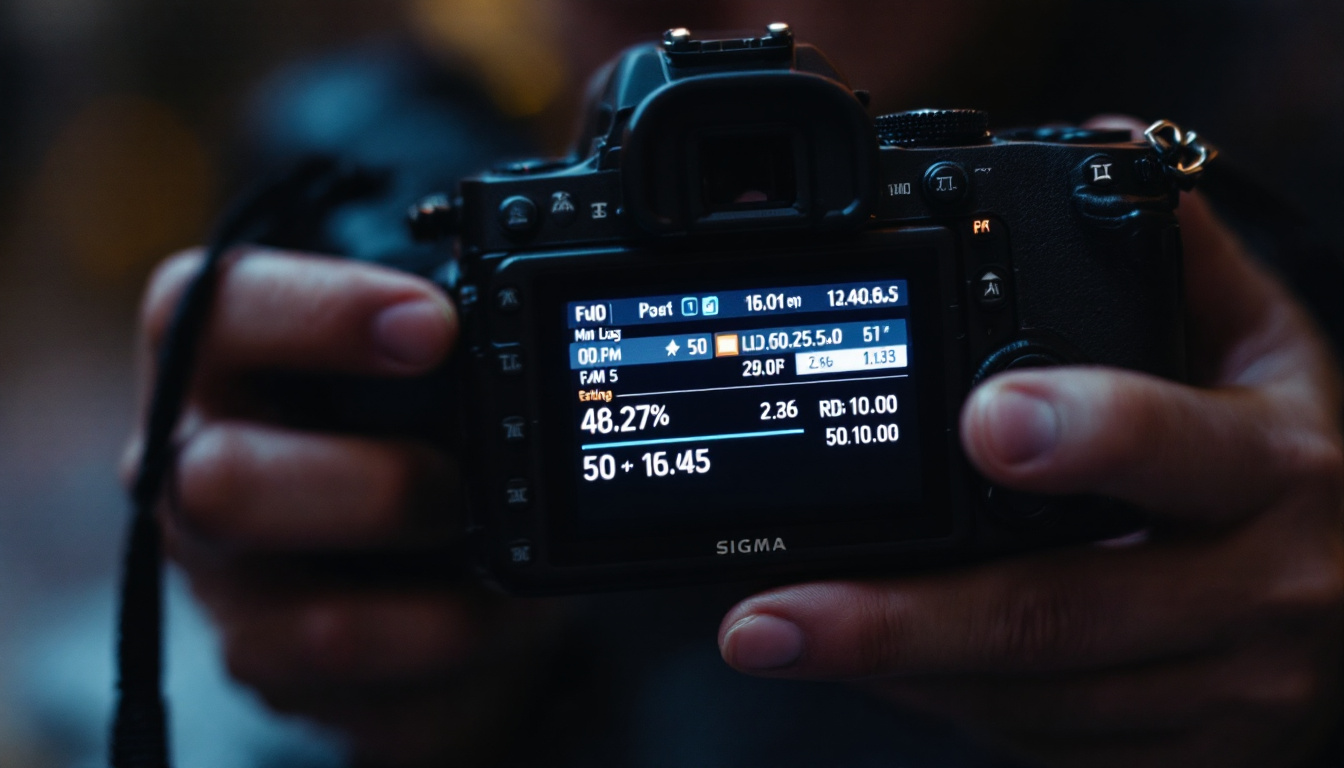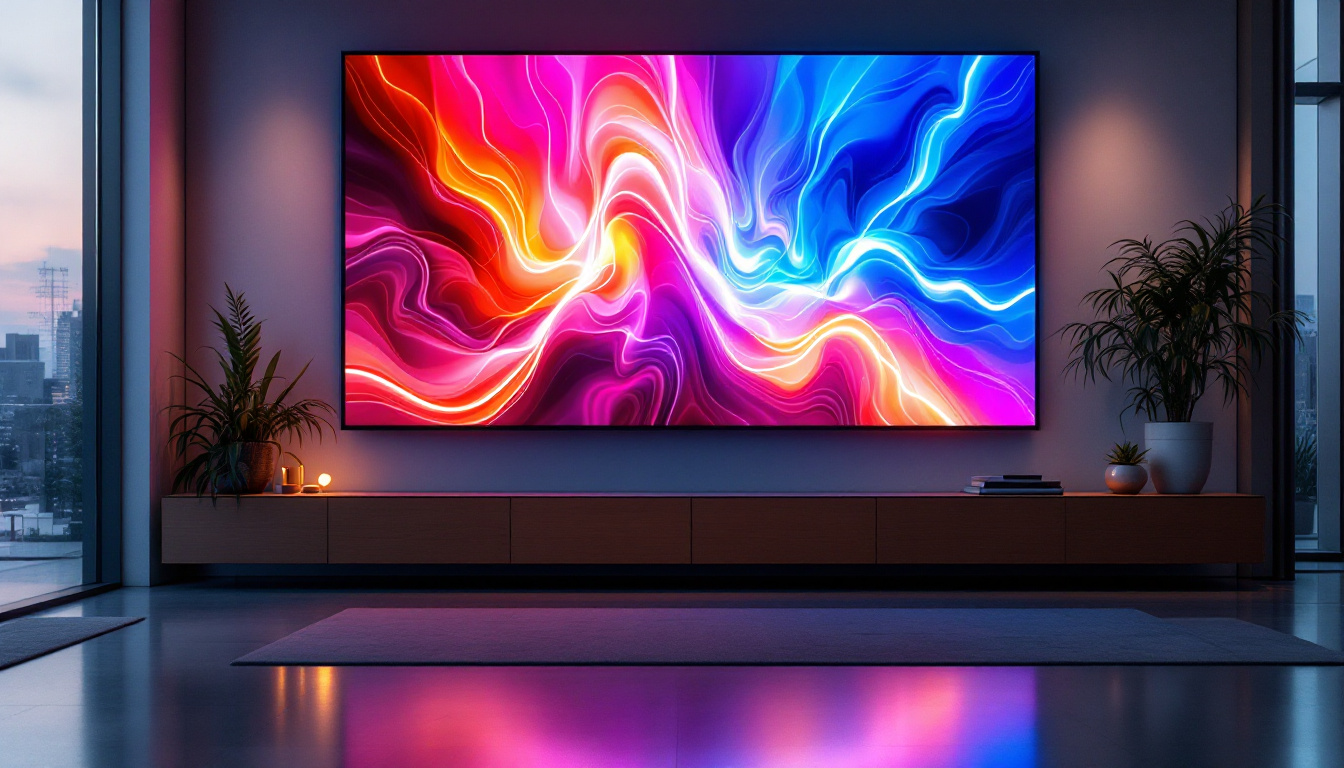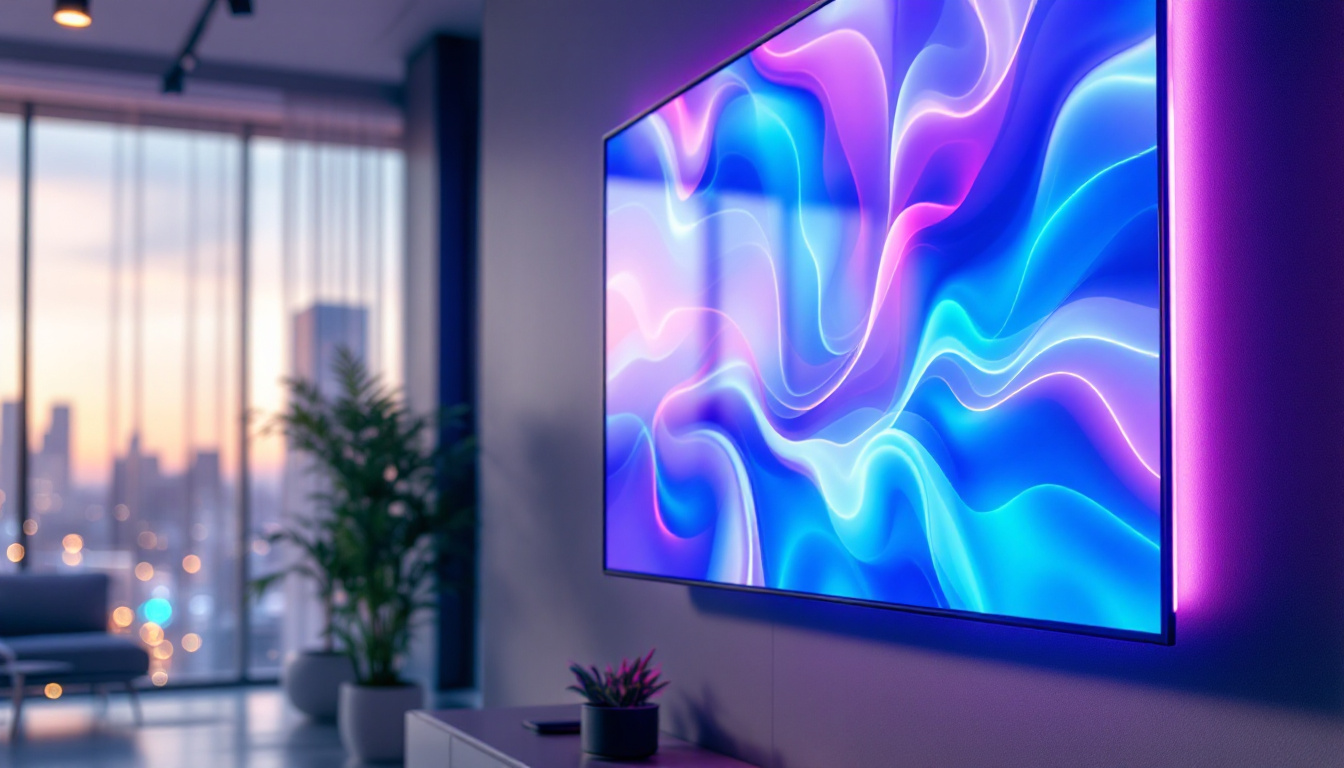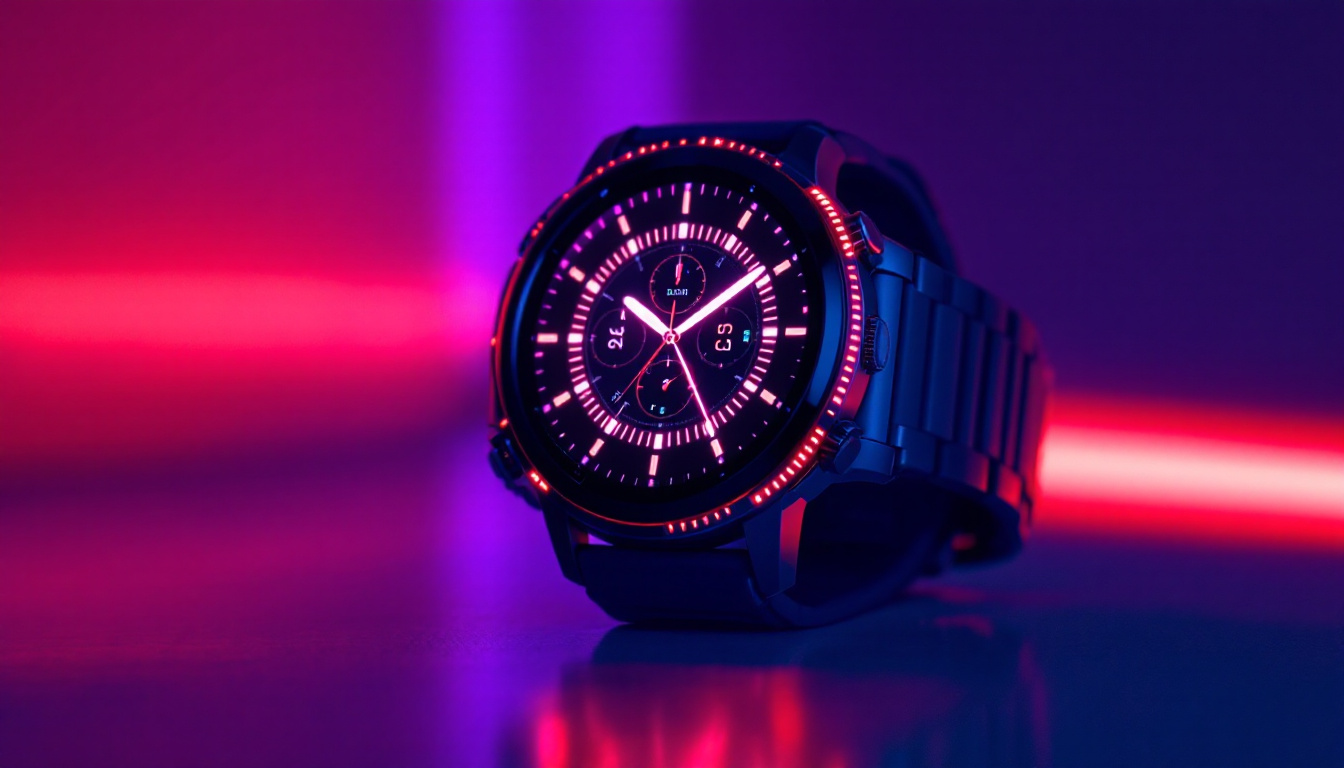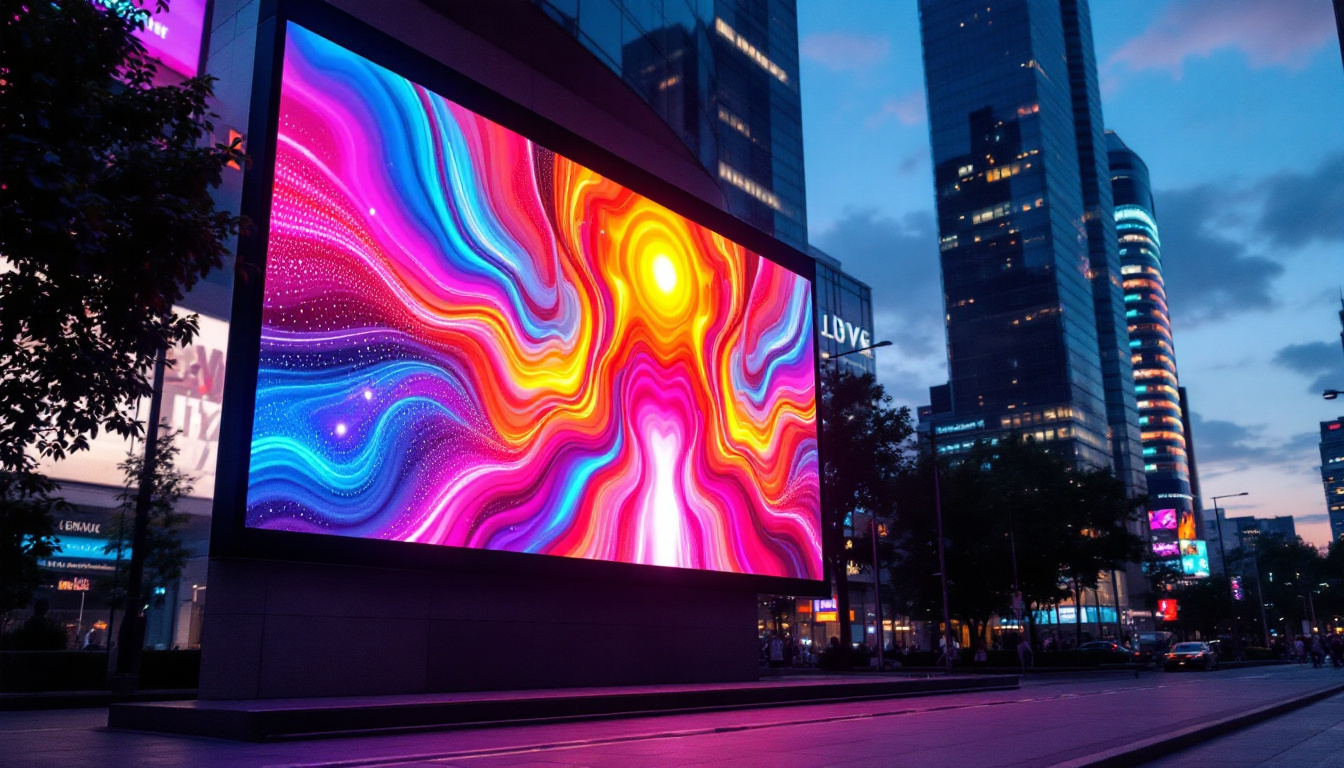In an era where visual communication plays a pivotal role in marketing and information dissemination, LED displays have emerged as a powerful tool for businesses and organizations. Digital Monitoring Products Inc (DMP) stands at the forefront of this technology, providing innovative solutions that enhance visibility and engagement. This article delves into the intricacies of LED displays, exploring their benefits, applications, and the technology that powers them.
Understanding LED Technology
Light Emitting Diodes (LEDs) are semiconductor devices that emit light when an electric current passes through them. This technology has revolutionized the way displays are created and utilized across various industries. Unlike traditional display technologies, LEDs offer several advantages that make them the preferred choice for modern applications.
How LED Displays Work
LED displays consist of an array of individual LEDs that can produce a wide spectrum of colors. These displays can be configured in various ways, including single color, tri-color, or full-color systems. The arrangement of these LEDs determines the display’s resolution and brightness, allowing for stunning visuals that can capture attention from a distance.
The operation of an LED display is relatively straightforward. Each LED is controlled by a microcontroller that dictates when and how brightly each LED should light up. This control allows for dynamic content to be displayed, ranging from static images to full-motion video, making LED displays incredibly versatile. Furthermore, advancements in technology have led to the development of smart LED displays that can incorporate sensors and connectivity features, enabling real-time updates and interactivity with viewers. This capability opens up new possibilities for advertising and information dissemination, allowing businesses to engage their audience in innovative ways.
Advantages of LED Displays
The benefits of LED displays are numerous, making them an attractive option for businesses looking to enhance their visual communication. One of the primary advantages is their energy efficiency. Compared to traditional lighting solutions, LEDs consume significantly less power, which can lead to substantial cost savings over time.
Additionally, LED displays offer superior brightness and visibility. They can be easily viewed in various lighting conditions, including direct sunlight, making them ideal for outdoor applications. Their durability is another key factor; LED displays are built to withstand harsh weather conditions, ensuring longevity and reliability. Moreover, the lifespan of an LED display can exceed 100,000 hours, significantly reducing the need for frequent replacements and maintenance. This longevity not only contributes to lower operational costs but also aligns with sustainability goals, as fewer resources are consumed in manufacturing and disposing of display units. As a result, businesses can enjoy both economic and environmental benefits by choosing LED technology for their display needs.
Applications of LED Displays
LED displays have found applications in a wide range of sectors, each leveraging the technology to meet specific needs. From advertising to information dissemination, the versatility of LED displays makes them suitable for countless scenarios.
Advertising and Marketing
One of the most common uses of LED displays is in advertising. Businesses utilize these displays to showcase their products, services, and promotions in a visually engaging manner. The ability to change content quickly allows advertisers to adapt their messages in real-time, targeting specific audiences or events.
Digital billboards, for instance, have become a staple in urban environments, capturing the attention of passersby with vibrant colors and moving images. The dynamic nature of these displays not only attracts attention but also enhances brand recognition and recall. Additionally, the use of LED technology in advertising has been shown to increase engagement rates significantly compared to traditional static billboards, as the motion and brightness of the displays draw the eye and keep the viewer’s interest longer.
Transportation and Wayfinding
LED displays play a crucial role in transportation systems, providing real-time information to commuters. Train stations, airports, and bus terminals utilize LED screens to display arrival and departure times, gate information, and other essential updates. This helps streamline operations and improves the overall travel experience.
Wayfinding systems, which guide individuals through complex environments, also benefit from LED technology. Interactive LED displays can provide directions, highlight points of interest, and even offer multilingual support, making navigation easier for everyone. Furthermore, the integration of LED displays with mobile applications allows travelers to receive personalized updates directly on their devices, ensuring they stay informed about any changes in their travel plans, such as delays or gate changes.
Events and Entertainment
In the realm of entertainment, LED displays are indispensable. Concerts, festivals, and sporting events frequently use large LED screens to enhance the audience’s experience. These displays can show live feeds, graphics, and animations, creating a more immersive atmosphere.
Moreover, LED technology is increasingly being integrated into stage designs, allowing for creative lighting solutions that can transform performances. The flexibility of LED displays enables event organizers to customize visuals to match themes and moods, elevating the overall production quality. Beyond just visual enhancements, LED displays can also be synchronized with sound systems to create a cohesive audio-visual experience, captivating audiences and leaving a lasting impression. As technology continues to evolve, we can expect to see even more innovative uses of LED displays in live events, including augmented reality elements that further blur the lines between the digital and physical worlds.
Choosing the Right LED Display
When selecting an LED display, several factors must be considered to ensure that the chosen solution meets the specific needs of the application. Understanding these factors can help businesses make informed decisions that maximize their investment.
Resolution and Pixel Pitch
Resolution is a critical aspect of LED displays, as it determines the clarity and detail of the visuals. Pixel pitch, which refers to the distance between the center of one pixel to the center of the next, plays a significant role in this. A smaller pixel pitch results in higher resolution and better image quality, making it ideal for close viewing distances.
For applications such as indoor advertising or event displays, a finer pixel pitch is often preferred. Conversely, outdoor displays can utilize a larger pixel pitch, as viewers are typically farther away. Understanding the viewing distance and intended use is essential in selecting the appropriate resolution.
Brightness and Visibility
Brightness is another crucial factor to consider when choosing an LED display. Measured in nits, the brightness level determines how well the display can be seen in various lighting conditions. Outdoor displays, for example, require higher brightness levels to remain visible in direct sunlight.
In contrast, indoor displays may not need as high a brightness level, allowing for a more energy-efficient solution. Assessing the environment where the display will be used is vital to ensure optimal visibility and performance.
Installation and Maintenance
The installation process and ongoing maintenance of an LED display should also be taken into account. Some displays are designed for easy installation and require minimal maintenance, while others may need specialized expertise for setup and upkeep.
Understanding the specific requirements for installation, including structural support and power supply, is essential. Additionally, considering the maintenance needs, such as cleaning and servicing, can help ensure the longevity and reliability of the display.
The Future of LED Displays
The future of LED displays looks promising, with ongoing advancements in technology and design. As industries continue to embrace digital solutions, LED displays are expected to evolve in several exciting ways.
Innovative Designs
One of the most significant trends in LED display technology is the development of innovative designs. Flexible and transparent LED displays are becoming increasingly popular, allowing for creative applications that were previously unimaginable. These designs can be integrated into various surfaces, from windows to curved structures, providing new opportunities for branding and advertising.
Additionally, advancements in microLED technology promise to deliver even higher resolutions and improved energy efficiency. This technology could revolutionize everything from consumer electronics to large-scale displays, making visuals more vivid and lifelike.
Integration with Smart Technology
As smart technology continues to permeate various sectors, LED displays are also expected to integrate more seamlessly with these systems. This integration can enable features such as real-time data display, interactive content, and enhanced user engagement.
For instance, smart LED displays could connect to social media platforms, allowing businesses to showcase user-generated content or respond to customer inquiries in real-time. This level of interactivity can significantly enhance the customer experience and foster deeper connections between brands and their audiences.
Environmental Considerations
With growing awareness of environmental issues, the LED display industry is also focusing on sustainability. Manufacturers are exploring ways to reduce the environmental impact of production and disposal processes. This includes using recyclable materials and developing energy-efficient technologies that minimize power consumption.
As businesses increasingly prioritize sustainability, adopting eco-friendly LED displays can not only enhance their brand image but also contribute to a greener future.
Conclusion
Digital Monitoring Products Inc has positioned itself as a leader in the LED display market, offering innovative solutions that cater to a diverse range of applications. Understanding the technology, advantages, and future of LED displays is essential for businesses looking to leverage this powerful tool for communication and engagement.
As LED technology continues to evolve, the potential for creative applications and enhanced user experiences will only grow. By staying informed about the latest advancements and trends, businesses can make strategic decisions that maximize the impact of their visual communication efforts.
In a world where capturing attention is more challenging than ever, LED displays provide a dynamic and effective solution that can transform how messages are conveyed. Embracing this technology can lead to increased visibility, engagement, and ultimately, success in today’s competitive landscape.
Discover LumenMatrix’s Innovative LED Display Solutions
Ready to elevate your visual communication strategy with the latest in LED display technology? Look no further than LumenMatrix, a pioneer in crafting LED display modules that bring your brand to life. Whether you need an Indoor LED Wall Display for a retail space, an Outdoor LED Wall Display for high-impact advertising, or any of our specialized solutions like Vehicle LED Displays and LED Sports Displays, LumenMatrix has the expertise to enhance your brand visibility and captivate your audience. Experience the future of digital signage with our All-in-One and Custom LED Displays, designed to deliver your message with unparalleled clarity and engagement. Check out LumenMatrix LED Display Solutions today and transform the way you connect with your audience.

